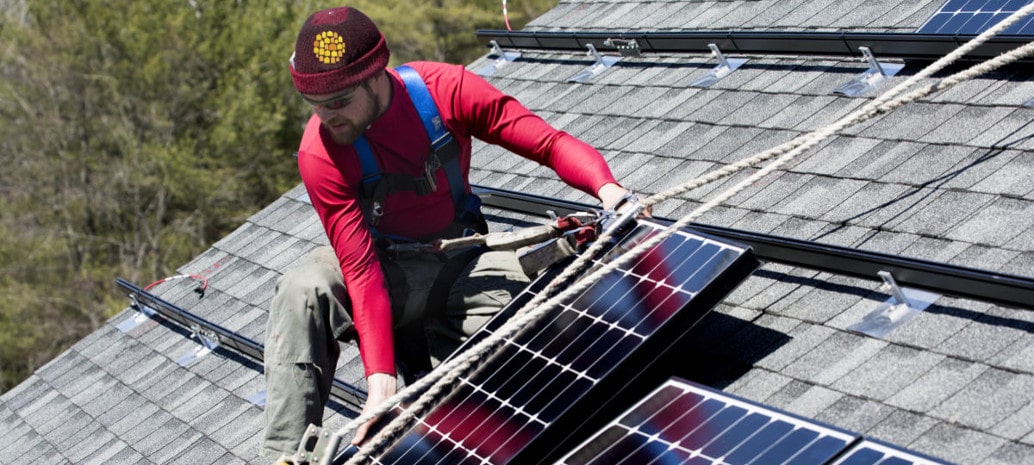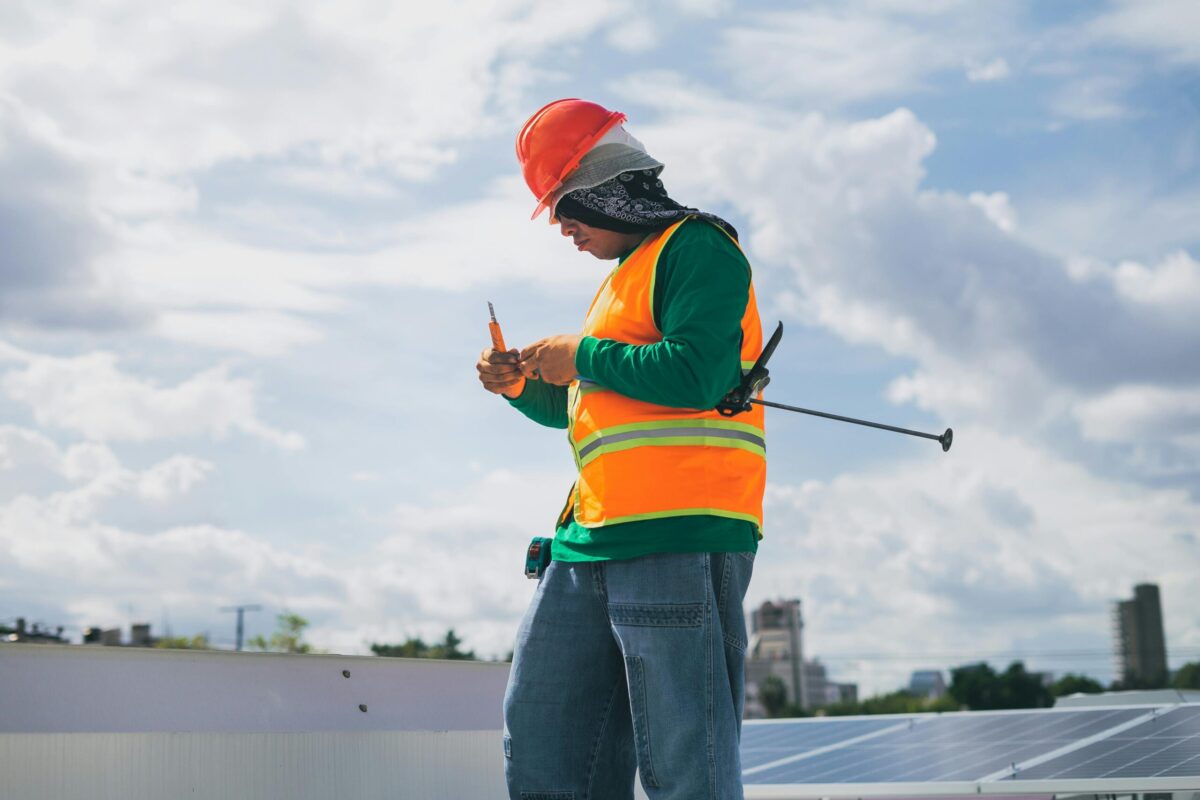A filing with California’s Employment Development Department has come out, showing that Sungevity eliminated 387 positions last week. The company relays that the layoffs were related to “business conditions and the Covid-19 outbreak.”
Of the 387 employees ousted from the company, 349 were employed in California, with the remaining 38 scattered around the rest of the country. Unlike the last time that Sungevity laid off 400 people without warning, the company will not be taken to court over that action, as companies do not have to comply with the WARN Act during a state of emergency in California.
While the layoffs began on March 20, the majority of the company’s workforce was laid off on March 27. The former workers, who were not part of a union, lost all of their health benefits on March 31.
This is not the first time that Sungevity has furloughed the majority of its workforce essentially overnight. With these layoffs likely being part of much larger business issues, the future could hold more turnover and financial hardship for the company that has been defined by turnover and financial hardship. With that in mind, now is as appropriate of a time as ever to look back at the Sungevity timeline.
June 2016
On June 30, 2016, Sungevity was the fifth-largest distributed solar installer in the United States and made the biggest announcement in the company’s history to that point: Massachusetts-based Easterly Capital would be acquiring the company, taking it public and changing Easterly’s name to Sungevity Holdings.
Under the terms of the deal, Sungevity’s existing investors would roll their equity into Sungevity Holdings, and, together with Sungevity management, would own 59% of the new company. The new company’s board of directors was to be composed of members from the current boards of Easterly and Sungevity.
Spirits were high, with Sungevity CEO and Cofounder, Andrew Birch, saying “We expect that our merger will enhance our ability to innovate and grow as we strive to provide the highest customer experience to our expanding customer base.”
August 2016
The United States could not contain an invigorated Sungevity, as the company entered into an agreement with Electrabel, the Belgian unit of French utility Engie, to install and expand rooftop solar across Belgium.
New Year’s Eve 2016
The trouble begins. Easterly sent a letter to the Securities and Exchange Commission officially terminating its acquisition agreement with Sungevity. As of the announcement, all that had remained before the acquisition would be finalized were regulatory approval and a vote by Easterly shareholders. The vote was scheduled for Sept. 30, delayed until Nov. 23 and never happened.
This was a massive blow to Sungevity, as the deal was seen as critical in order for the company to remain viable among its publicly-traded competition.
March 2017
Everything hit the fan. Just days after the Kansas City Star reported 400 layoffs by Sungevity in California and Missouri, the company filed for chapter 11 bankruptcy.
A savior was found and Sungevity entered into an agreement with Northern Pacific Group. Norther Pacific was set to acquire all of the company’s assets.
When this news broke Birch attempted to keep morale high, saying “The actions we have announced today will allow Sungevity to emerge as a stronger and more competitive company… Sungevity intends to be at the forefront of the industry as solar continues on its growth trajectory in the years ahead.”
The optimism did not last long at all, as a former employee filed a class-action lawsuit demanding accrued vacation pay and alleging that Sungevity failed to comply with the WARN Act. The full lawsuit alleged Sungevity did not compensate employees for accrued vacation and personal time off and failed to pay commissions, bonuses, pensions, 401(k) contributions and health plans. Additionally, the paychecks issued by the company to workers laid off on March 9 failed to clear, as did final severance checks to workers laid off in January. The checks were returned by employees’ banks as fraudulent.
April 2017
Sungevity’s sale of its American assets to Northern Pacific Group for $50 million was approved by a Delaware bankruptcy court.
Two days later, the revived Sungevity changed its name to Solar Spectrum and slashed 40 more employees without notice. The move, described by an anonymous source to pv magazine, was “trimming the rest of the fat.” This left the once proud company with a total crew of around 100 employees. And before you ask, yes, these layoffs also violated the WARN Act.
The new Solar Spectrum pledged to bring Sungevity’s displaced workers back and to operate the bankrupt firm’s European properties. Solar Spectrum also gave all former Sungevity customers a chance to purchase a warranty solution.
It’s important here to point out that this was Sungevity US that was sold, and Sungevity International, headquartered in Amsterdam, was never bankrupt nor in a European equivalent of Chapter 11. Sungevity International was sold in May 2017 to Engie SA. Sungevity International operates as a fully independent company 100% owned by Engie, and has no connection with Solar Spectrum, Sungevity US, nor with Northern Pacific Group.
Sungevity rebirth and expansion
For a period, beginning in August 2017, Sungevity began experiencing rebound success. Sungevity did, not Solar Spectrum, as in August 2017, Solar Spectrum officially merged with residential installer Horizon Solar Power. The Sungevity brand was reborn and Horizon CEO Frank Kneller came in as the CEO of the combined business with a whole new leadership team.
In September 2017, the new Sungevity acquired retail marketing services provider BrightCurrent and the solar sales division of Skyline Solar. A year later, the company was the 7th largest residential solar provider in the nation with a 1% market share and had acquired two battery and energy management companies, Hawaii Energy Connection and E-Gear. The company also appointed David White as CEO.
Since 2018, Sungevity was relatively quiet in its operations until this most recent round of layoffs. Now, the future of the reborn brand and its customers are in jeopardy.
Edit 4/2/20: This article was edited to clarify the difference between Sungevity US and Sungevity International.
This content is protected by copyright and may not be reused. If you want to cooperate with us and would like to reuse some of our content, please contact: editors@pv-magazine.com.









Just go away already. A company like this is into solar for the wrong reasons and you give the industry a black eye!
Here’s the thing. I have a Sungevity system. Apparently it wasn’t really finished, with regard to the inverter/computer interface. The system is now 4 years old. One of the panels might be not working. Who do I call? The inverter people say they can’t help because the system wasn’t properly installed. The installer hasn’t gotten back to me, and says it’s Sungevity’s fault. And the is no more Sungevity And no more Solar Spectrum.
I have solar system installed by Sungevity about three years ago.
Inverters are by Solar Edge.
Who is monitoring the energy flow, panels performance. In case of problem who should be called?
About year ago Inverter stopped working and no one did anything for 15 days till I called and complained. Inverter was reset remotely and it started to wotk
i have the same ppl do my system and who did you call? i cant get hold of anyone or a number?